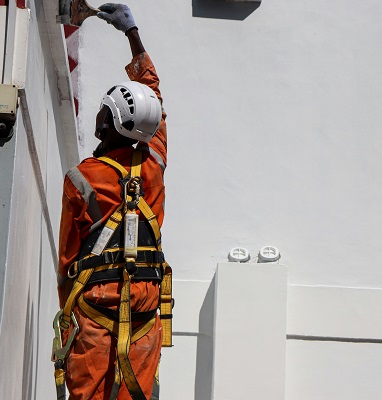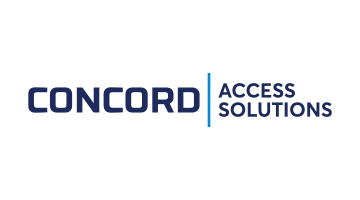Despite mining fatalities associated with workplace safety dropping 24% from 2023, high-risk sectors in South Africa remain plagued by fatigue and congested worksites. To mitigate these challenges demands stronger HSEQ interventions.
 Charné Vosloo, Managing Director at MSHEQ Health and Safety Consultants, part of the Stallion Integrated Group, explains that while HSEQ in these industries typically focused on compliance, there must be a shift to prioritise resilience.
Charné Vosloo, Managing Director at MSHEQ Health and Safety Consultants, part of the Stallion Integrated Group, explains that while HSEQ in these industries typically focused on compliance, there must be a shift to prioritise resilience.
“As a leader in health and safety with expertise across various high-risk sectors, MSHEQ has identified three emerging trends that are set to drive HSEQ into a stronger, more effective force that enhances performance, reputation, and investor confidence,” says Vosloo.
- Digital tools are rewriting safety handbooks
Digitisation is advancing rapidly, especially among listed firms responding to the JSE Sustainability Disclosure Guidance and global standards such as GRI and IFRS S1/S2. Transnet, for example, digitised its EHS processes, replacing multi-day reporting with instant KPI dashboards. Gold Fields’ South Deep achieved ISO 45001 certification in record time through a digital HSEQ system, while Implats Refineries centralised HSE data to improve frontline reporting accuracy.
“Technology allows us to move faster, see more, and act sooner. This real-time data and predictive analytics are helping clients identify hazards and prevent incidents before they happen,” says Vosloo. “However, adoption remains uneven, as many SMEs are still stuck with paper-based systems, supervisor-level skills gaps, fragmented data, and uncertainty around ROI.”
- ESG metrics are reshaping accountability
Boards now demand auditable, GRI 403-aligned data, elevating health and safety from compliance to strategic governance. Transnet has already embedded incident and audit data into ESG dashboards, improving both assurance and reporting quality. This shift means that safety performance is no longer just an operational metric but is directly tied to corporate reputation, investor confidence, and long-term resilience.
- Mental health is redefining workplace risk
Mental and emotional health are now seen as equally important as physical safety. South Africa’s Harassment Code (2022), ISO 45003, and WHO guidelines all mandate psychosocial risk assessments. In the post-pandemic reality, stress, workload, lack of autonomy, and unclear roles are now recognised contributors to incidents. Research shows incident rates fall when organisations address these issues through integrated organisational changes, not just isolated wellness campaigns.
Turning insight into measurable impact
MSHEQ is transforming workplace safety and compliance by combining immersive education with cutting-edge technology. From ISENZO, a 45-minute isiXhosa industrial theatre production that brings jobsite risks to life, to digital inspection tools, mobile audits, cloud dashboards, and AI-driven risk assessments, the company is helping clients operate smarter, safer, and more sustainably.
“By aligning HSEQ performance with ESG obligations, MSHEQ not only unlocks budgets but also drives meaningful behavioural change across organisations. The real challenge isn’t a lack of rules but a lack of resonance. When people feel seen, heard, and part of the solution, that's when real change begins,” concludes Vosloo.





